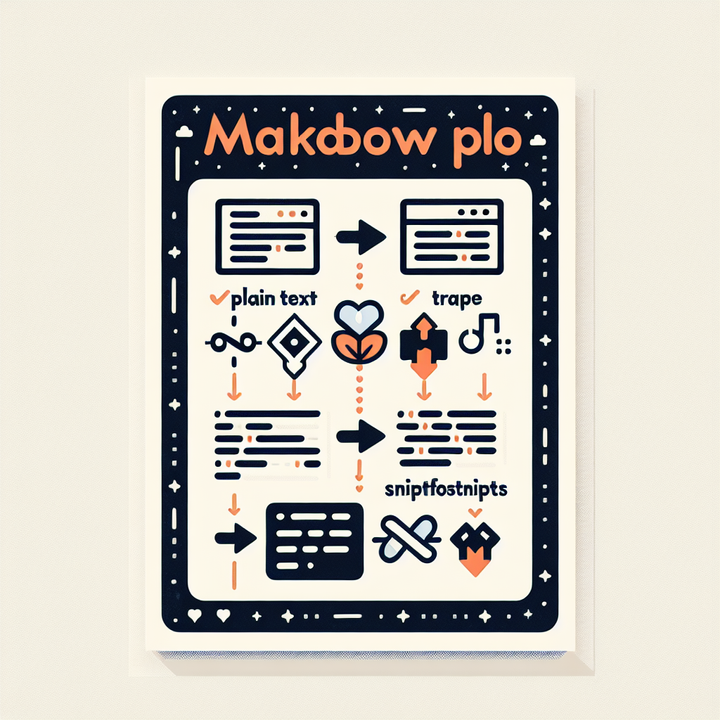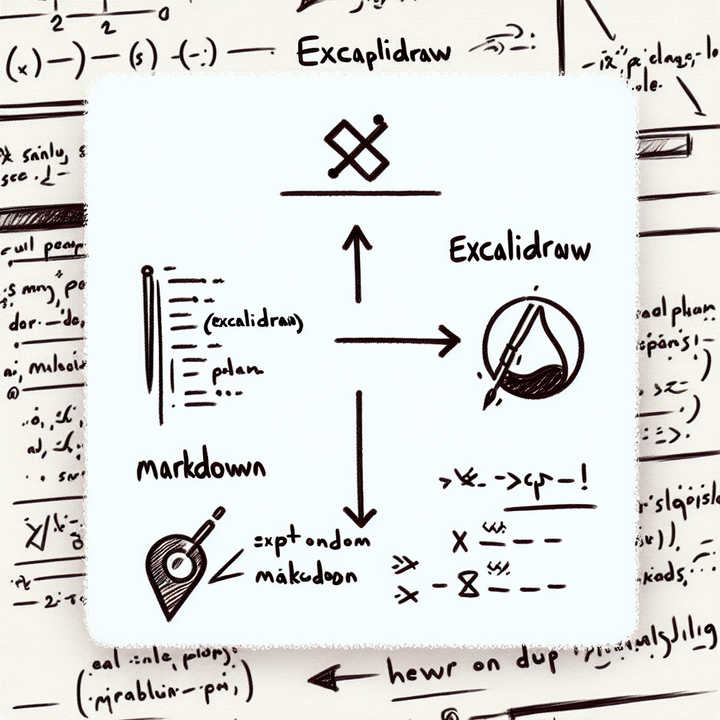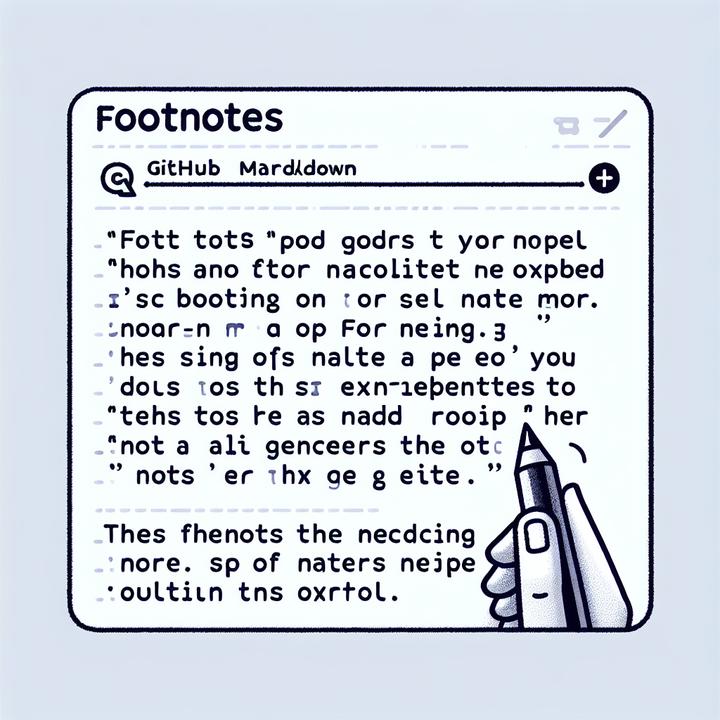R Markdown Image: How to Effectively Embed and Customize Images
Learn to embed and customize images in R Markdown using Markdown and HTML syntax. Adjust size, alignment, add captions, and generate dynamic images from R code to enhance your document's visual appeal.

"Explore our suite of free Markdown toolsto convert, format, and enhance your documents with ease."
Introduction
Embedding images in R Markdown documents is a powerful way to enhance your reports, presentations, and data visualizations. Images can help illustrate complex concepts, show data visualizations, and make your documents more visually appealing. This article will cover how to effectively embed and customize images in R Markdown.
Basic Image Embedding
Using Markdown Syntax
The simplest way to add an image in R Markdown is by using the Markdown syntax:

Alt textis a description of the image, which improves accessibility.path/to/imageis the location of your image file. This could be a relative path to an image in your project directory or a URL for an online image.
For example:

This code will embed the image located at images/data_analysis.png into your document.
Using HTML Syntax
You can also use HTML tags to embed images in R Markdown:
<img src="path/to/image" alt="Alt text" />
This method provides more customization options such as setting width, height, and alignment:
<img src="images/data_analysis.png" alt="Data Analysis" width="500" />
Customizing Images
Adjusting Size
You can adjust the size of images using both Markdown and HTML syntax. Here’s how to do it using HTML:
<img src="images/data_analysis.png" alt="Data Analysis" width="500" height="300" />
Using Markdown, you can control the size with additional attributes in certain R Markdown formats:
{width=50%}
Aligning Images
To align images, HTML syntax is typically more flexible:
<img src="images/data_analysis.png" alt="Data Analysis" style="float: right;" />
This will align the image to the right. You can use float: left; to align it to the left.
Adding Captions
In R Markdown, you can add captions to images using the following syntax, which is particularly useful in documents with numbered figures (e.g., PDF, Word):
```{r, fig.cap="Data Analysis"}
knitr::include_graphics("images/data_analysis.png")
### Dynamic Images from R Code
R Markdown allows embedding images that are dynamically generated from R code chunks. This is incredibly powerful for including plots and data visualizations that update with your data.
```{r pressure-plot, echo=FALSE, fig.cap="Pressure vs Temperature"}
plot(pressure)
In this example, a plot of the pressure dataset is dynamically generated and embedded with a caption.
Combining Text and Images
Sometimes, you might want to combine text and images, wrapping text around images requires CSS in an HTML document. Here’s an example with an image floated to the left:
<img src="images/data_analysis.png" alt="Data Analysis" style="float: left; margin-right: 10px;" />
<p> This paragraph will wrap around the image placed to the left.</p>
Conclusion
Embedding and customizing images in R Markdown enhances your documents, making them more engaging and insightful. By mastering both Markdown and HTML syntax for images, you can achieve a wide range of formatting options to suit your needs. Whether you’re embedding static images or generating dynamic plots, R Markdown provides the flexibility to create professional, polished documents.
By effectively using the techniques covered in this article, you can improve the visual quality and clarity of your R Markdown reports and presentations.
I hope this article helps you understand how to embed and customize images in R Markdown!



Comments ()